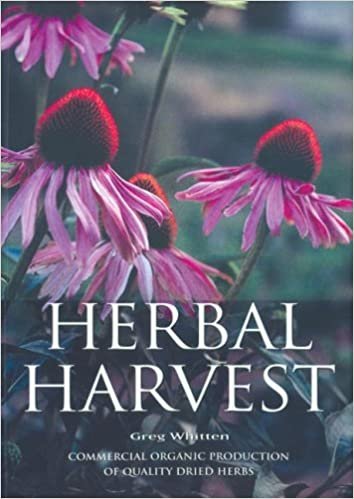"The object of this book is to make it possible for more people to produce good quality herbs here in Australia," writes Tazmanian herb farmer Greg Whitten in the introduction to the third edition of his encyclopedic guide to the principles and practices of organic and biodynamic dried herb production. While the information in the book is written for temperate regions of the down-under continent, much of Whitten's advice on everything from sowing to marketing is applicable to other parts of Australia and the rest of the world.
"It is basically a matter of being aware of how your climate and growing conditions differ from southern Australia and how that will affect your own production system with regard to growing, harvesting and drying," Whitten explains. "And of course, you will need to evaluate your own market situation and economies of production, both of which may vary according to the country you live in."
Compiled by a small-scale commercial grower, this text is an essential reference for anyone growing herbs for sale. It provides detailed and illustrated instructions for organic cultivation, from matching crops to climate and soils, propogating seeds and planting out, controlling weeds, irrigating, and harvesting. The second half of the book offers specific information on the growing, harvesting and marketing of 109 individual species of dried herbs.
The medicinal herb market is large and very competitive. Most medicines are still plant-based and there is a growing worldwide market opportunity for growers able to produce a quality product. Whitten's chapter on marketing is brief and focused mostly on Australia, but he does discuss value adding, joint marketing and the possibilities for mail order retailing as alternatives to bulk selling.
"Many whole-food retailers like to deal directly with growers, as it helps make a more meaningful connection between the producer and the consumer," he points out. "You need to enjoy selling your produce and be able to establish a rapport with people. I did not find this part particularly difficult as high quality herbs sell themselves to a large extent."
Billed as the most comprehensive book on organic herb production in print, this 556-page text certainlyt covers all the essentail issues of organic herb growing: site selection, climate, irrigation, weeds, trial plots, biodynamics, composting, pests and diseases, harvesting, drying, processing, tools, personal health, lists of suppliers and buyers, and more.
